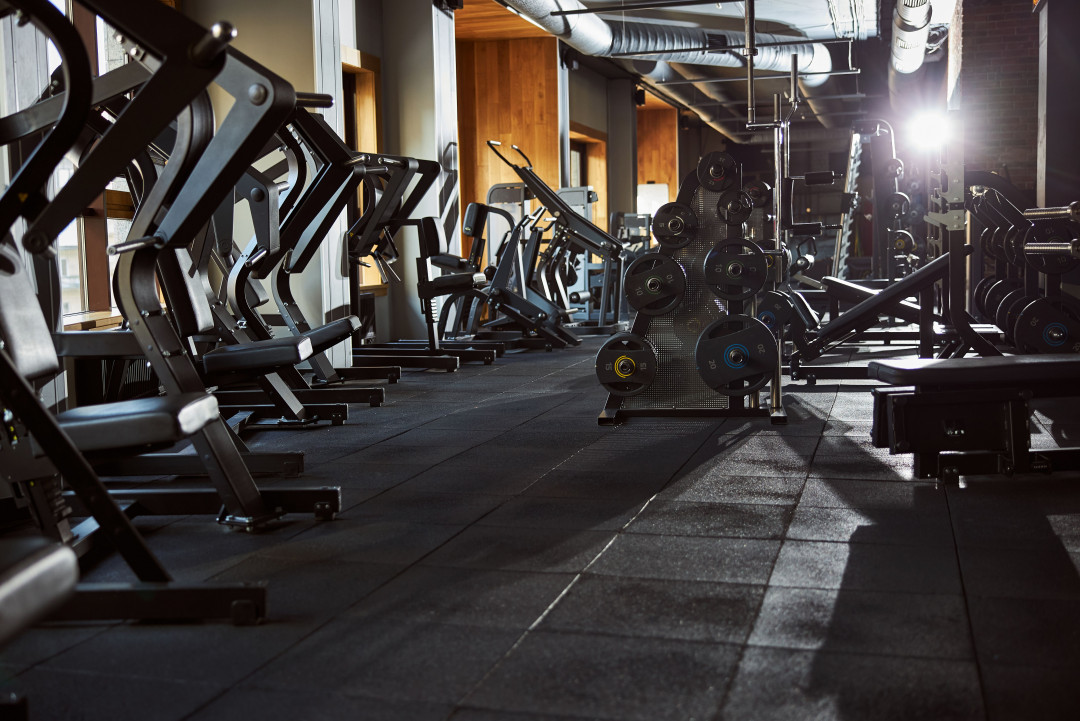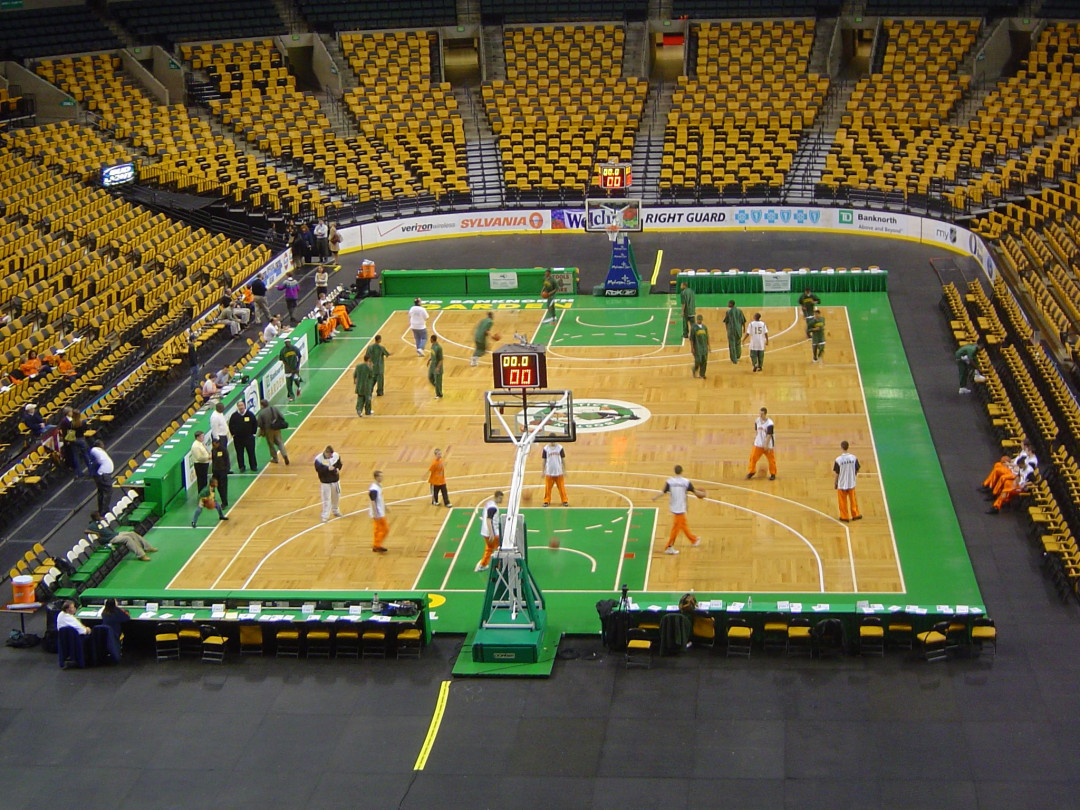The Best Materials For Indoor Sports Flooring





Source: Shutterstock
Fitness/Gym Flooring
According to the Australian Institute of Sports, indoor fitness and gyms are the most popular form of indoor physical activity in Australia. You might not consider gyms as a traditional indoor sport, but it still requires specialty flooring (plus you can do boxing there, and boxing is a sport). Gym flooring needs to be comfortable to walk and run on, as well as being durable enough to withstand heavy weights and constant impact. It also needs to have some level of anti-slip properties, especially around areas like free weights and weight machines.
There are a few different types of flooring that can be used in gyms, the most popular being rubber flooring. Rubber flooring comes in tiles or sheets, and can be either smooth or textured. It is shock absorbent, which makes it ideal for areas where weights are dropped, and it is also slip-resistant. Another type of flooring often used in gyms is vinyl flooring. Vinyl flooring is a cheaper alternative to rubber flooring, and comes in a wide range of colors and designs. It is also easy to clean and maintain. However, it does not have the same level of shock absorption as rubber flooring, so it is not ideal for areas where weights are dropped.

Source: Just Us 3 via Openverse
Basketball/Netball/Volleyball
Basketball, netball and volleyball involve similar actions and movements, so often the same material is suitable for all three. The cream of the crop of courts are made from acer saccharum, better known as hard maple. This is what basketball courts are made of in the NBA. In fact, all NBA teams source their maple from a specific forested region in the midwest, where trees are valued highly for their durability and lightness, which makes the ball easier to see. You don't have to go that far for your hardwood, regular maple will do the job just fine. In addition to the hardwood is the subfloor, which helps with absorption and vibration control. This is to reduce the overall wear and tear that high impact sports have on athlete's bodies. Subflooring works similar to your sneakers, and involve dozens of small rubber discs that trap air inside to act as a small spring.
A cheaper option for this type of court is to use concrete coated with epoxy. Epoxy is a resin that hardens to create a smooth, glossy surface. It is often used in garages and warehouses as flooring because it is durable and easy to clean, and provides slightly improved injury prevention than just concrete. However, it does not have the same level of shock absorption as hardwood or subflooring, so it is not ideal for athletes who are constantly jumping.

Source: Tigerturf on Archify
Indoor Cricket/Futsal
Although indoor cricket and futsal can share the same surface as other indoor sports, synthetic grass is an enjoyable alternative. Synthetic grass flooring is made from plastic and nylon, and is designed to look and feel like real grass. It is often used in playgrounds and as patio flooring because it is soft, easy to install and maintain, and can be used all year round. However, it can be more expensive than other types of flooring, and does not have the same level of durability as hardwood or concrete.
Vinyl is another alternative for indoor cricket and futsal, and is a cheaper alternative to synthetic grass. It is also easy to install and maintain, and has even less durability than synthetic grass.




 Indonesia
Indonesia
 Australia
Australia
 Philippines
Philippines
 Hongkong
Hongkong
 Singapore
Singapore
 Malaysia
Malaysia







